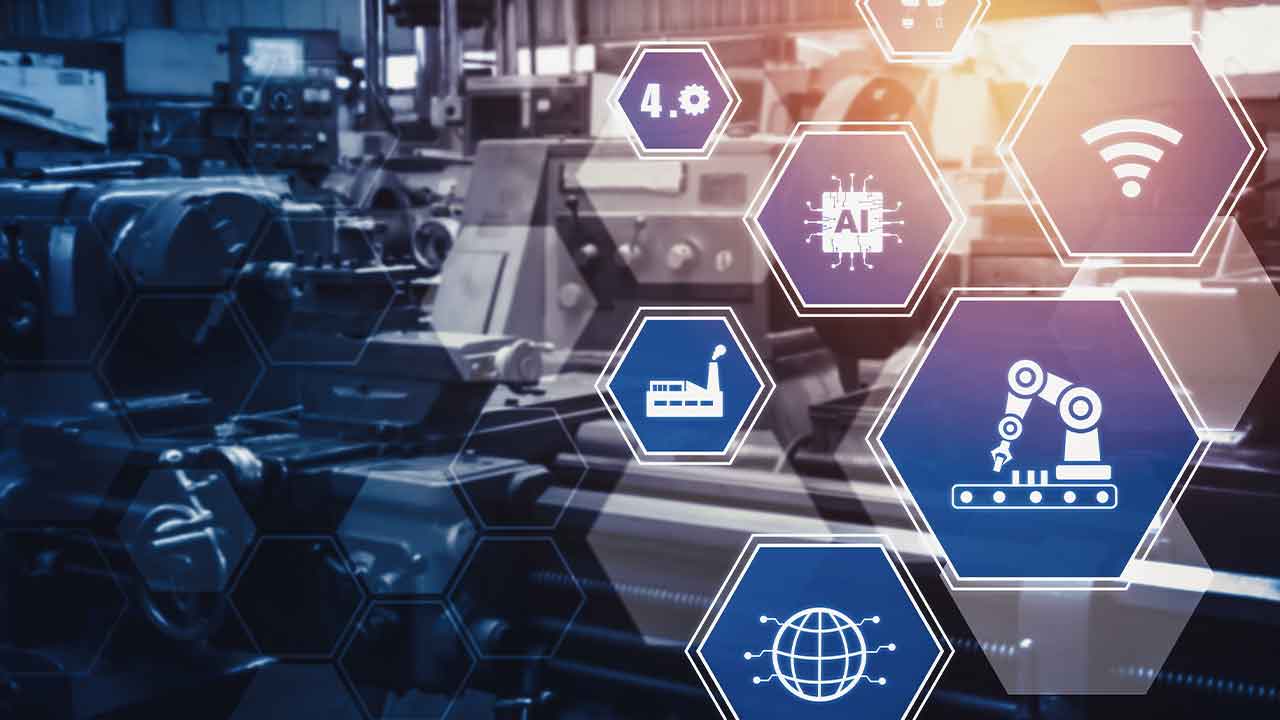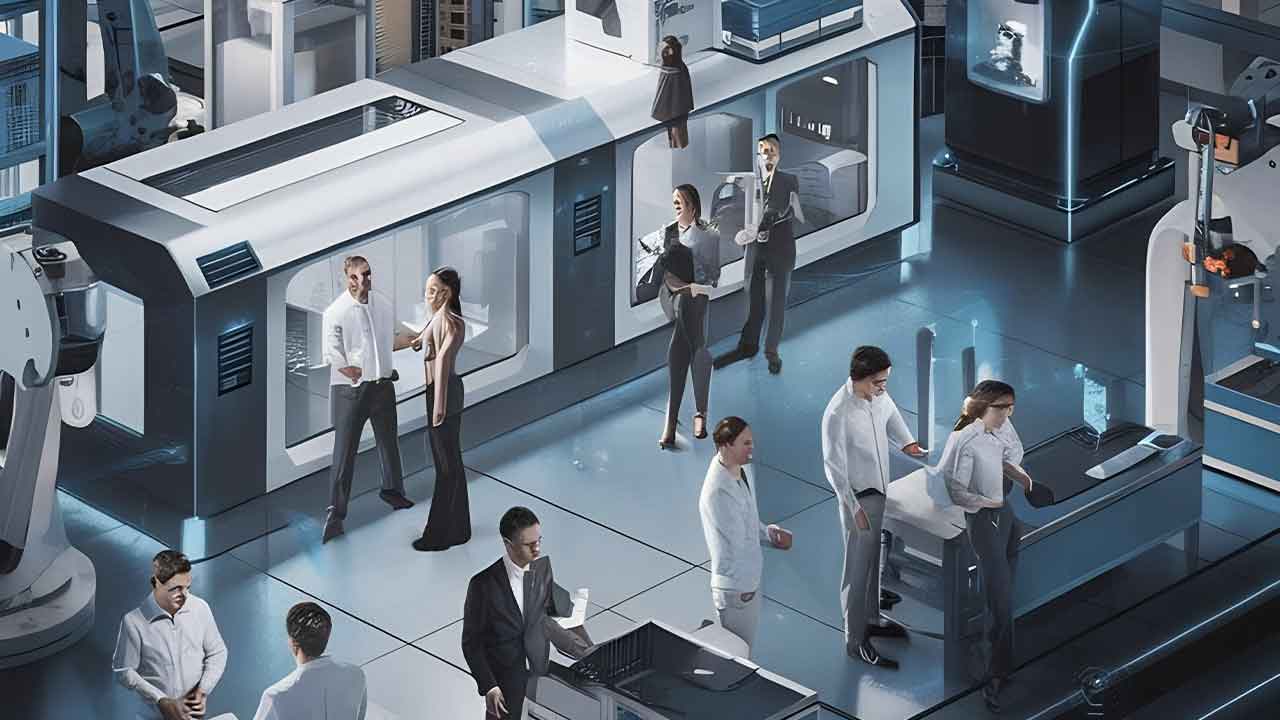The Cloud, the Fog and the Edge
Understanding the basics Cloud vs Fog vs Edge is the first step to success
Before participating in outdoor activities or going on a vacation, it is a wise decision for a person to prepare for the weather. Of course, in order to adequately prepare, one must have an understanding of basic weather events and terminology. The need to understand the technology basics is also true in the Internet of Things (IoT) age.
Like the weather, the world of technology is changing every day, and technology professionals are in a constant race to keep up with these changes. The evolution is not limited to software and hardware, it also encompasses terminology and new ways of thinking. Organizations have to be flexible and adapt to keep up in this fast paced world, especially in the IoT age when the trend is to inter-connect everything – databases, devices, servers, systems, etc.
One relatively recent example of the new way of doing things is “cloud computing” — a term that (used in its current context) was coined in the mid-2000s. Cloud computing has become a common, and if not expected, practice today. In fact, cloud computing has been entrenched long enough to lead to the creation of “fog computing” and “edge computing.”
Cloud, fog and edge computing are more than buzz words, and it is necessary to understand what they mean when planning and implementing the technology needs of an organization. This includes the all-important use of database technology.
Cloud: Reduced costs, reduced use human and hardware resources, global accessibility
Fog: Improved efficiency (in processing, analysis and storage), ease in meeting compliance requirements, enhanced security
Edge: Enhanced response time, reduced use of network resources, improved overall efficiency for remote locations
Data is transported to and from the “edge” of a network and the cloud. Data can also be transported to and from edge and fog computing locations and to the cloud.
A clear view of the cloud
In weather terms, a cloud is a mass, comprised of condensed vapor and particles, suspended in the atmosphere. In computing terms, a simple, figurative definition of the “cloud” is a mass of data suspended (stored) in cyberspace. Of course, cloud computing is more complicated than that, but it is the picture that the term paints.
According to Merriam Webster Dictionary, cloud computing is defined as “the practice of storing regularly used computer data on multiple servers that can be accessed through the internet.” To put it simply: Data appears centralized and can be accessed from any location. For small and medium-sized businesses, this is appealing because it allows them to save money and resources by placing data on a system hosted by someone else, essentially meaning they are leasing storage space and applications on demand through the Internet. Of course, this also means that a significant portion, if not all, of the computing power, is located away from the locations where transactions or other data inputs take place, which could lead to problems.
The next two terms–fog and edge computing–are similar to each other, but there are some key differences.
Fog Computing
In meteorological terms, fog is a cloud that is on or near the ground. Fog computing is a term that has only been around since 2014, and it describes the decentralizing of data in the cloud and moving data processing closer to the location on the network where data is collected. Even though there is movement away from the proverbial center of the cloud, fog computing still provides some benefits of centralized computing because it places the data processing power within the local area network. Among the reasons that fog computing is attractive to IT administrators is that it can improve efficiency by reducing the amount of data transported to the cloud for processing, analysis and storage. Some users also find fog computing beneficial due to the ease in meeting compliance requirements and enhancing security.
Edge Computing
To continue using meteorological metaphors, the best way to describe edge computing is to compare it to the ground or surface, where moisture evaporates into the atmosphere to eventually condense and become part of a cloud and in some cases return to the surface. This is similar to how data moves to and from the cloud and local sites. Edge computing is when data is processed as close as possible to or at the point of origin. The major driving force behind edge computing is ever-expanding networks that include multiple types of devices, some of which may be mobile. Edge computing has some major benefits: It enhances response time, conserves network resources and improves overall efficiency for remote locations. At the same time, the use of edge computing has some major potential risks and challenges in the areas of security, licensing and configuration.
Conclusion Cloud vs Fog vs Edge
Needs and goals vary from one organization to another, but it is essential that each organization understand the IoT environment that it operates in and chooses the right solutions to power its technology infrastructure. This is especially true when it comes to database technology. FairCom’s c-treeACE database technology can scale as large as you need. For example, single data files can grow up to 18 million terabytes (that’s 16 exabytes) and you can have as many of these as you need. Or, as the case may be with IoT, as small as you need. Our product is flexible enough to run on a Raspberry Pi. The same technology that is presently being deployed by over 40 percent of the Fortune 100.
FairCom Corporation is a pioneer in the software industry, and it provides database solutions for use in the cloud, in the fog, on the edge or outside the cloud. The company’s history of innovation began in 1979 when it became the first company to offer a commercial package using b-tree algorithms on microcomputers. Today, FairCom maintains its sole technical focus on database technology, continuously enhancing its core database technology while keeping up with the latest industry platforms and APIs. FairCom’s c-treeACE engine is the industry’s most powerful solution for multi-model data providing simultaneous access to NoSQL and SQL, giving developers in companies of any size and in numerous industries the control to customize their database, and ultimately enhancing performance gains. Additional information about FairCom is available at www.FairCom.com, sales@faircom.com, or 1-573-445-6833.
The original post can be accessed on Faircom’s website here.



